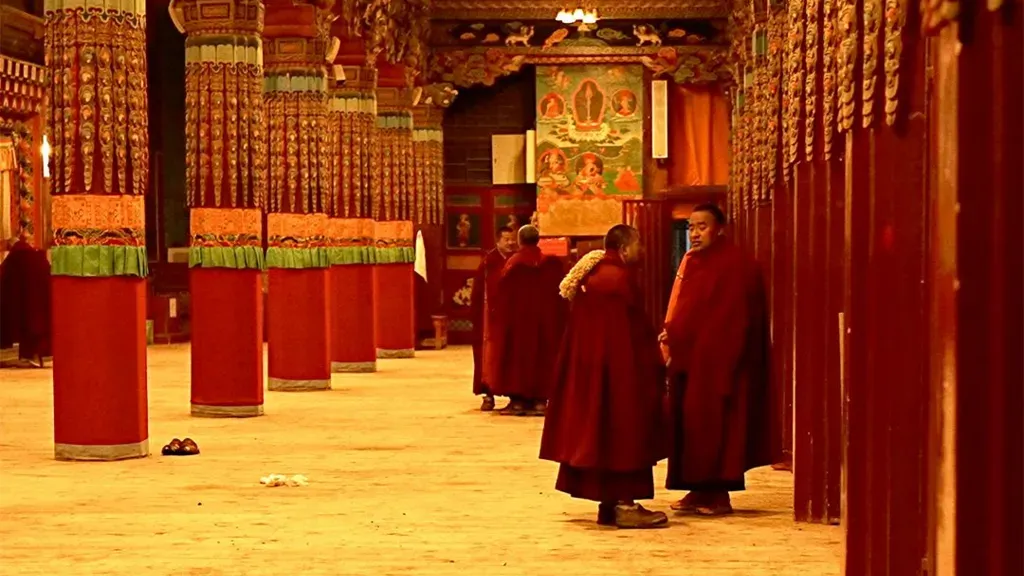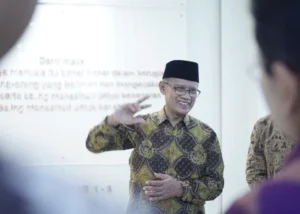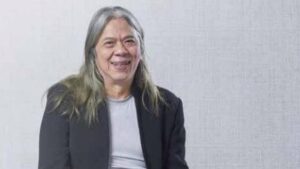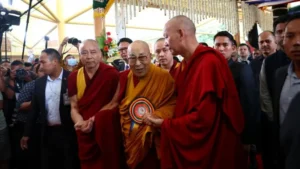Aba, Tibetan Plateau – As the Dalai Lama quietly marked his 90th birthday, thousands of Tibetans — both in exile and those living under the watchful gaze of the Chinese state — honored not just a spiritual leader, but a living symbol of resilience.
Far from the hills of Dharamshala, where followers gathered in celebration, the town of Aba in Sichuan Province, home to the famed Kirti Monastery, remains steeped in quiet defiance. Here, monks in crimson robes whisper truths that could cost them their freedom, while cameras capture every movement and strangers’ faces are scanned before entering a temple.
The Kirti Monastery, once the epicenter of a wave of self-immolations in protest against Chinese rule, stands not just as a religious institution, but as a monument to the emotional and spiritual endurance of the Tibetan people.
“This government has poisoned the air in Tibet,” one monk told the BBC, his voice nearly drowned by the risk of being overheard. “We are denied basic human rights. Still, we keep our faith.”
It is a sentiment shared across generations — and across borders.
The story of Tibetan perseverance is deeply tied to that of Tenzin Gyatso, the 14th Dalai Lama, who fled into exile in 1959 but has remained ever present in the hearts of Tibetans. His teachings, even when censored, continue to shape identity. And now, as he enters the final chapters of his life, Tibetans face a profound question: what happens to the spirit of resistance when its living embodiment is no longer here?
This week, the Dalai Lama reaffirmed his plan for succession — the next Dalai Lama will be chosen after his death and not by the Chinese government. Beijing, meanwhile, has made it clear that only a state-sanctioned reincarnation will be recognized. It’s a spiritual conflict with geopolitical stakes — a contest not just over religion, but over memory, autonomy, and identity.
In monasteries and villages across the plateau, children now must attend Mandarin-only schools. Monastic education before the age of 18 has been restricted. Portraits of the Dalai Lama are banned. And yet, inside the Kirti monastery, the prayer wheels still spin — silently turning grief, memory, and longing into motion.
For those who have endured decades of suppression, faith is not passive. It is action.
From the humble monk who risks speaking a sentence, to the elderly women who spin wheels and whisper chants, to the young boys in yellow hats chanting beneath incense smoke — each act is a quiet stand.
Robert Barnett, a leading Tibetan scholar, captured the poignancy of this moment. “China wants to turn the lion of Tibetan culture into a poodle,” he says. “But Tibetans have sung, prayed, and endured too long to be simplified into symbols.”
As the world watches what may be the Dalai Lama’s final years, it also bears witness to something more enduring — a people who have refused to let go of who they are, even when everything else has been taken.











